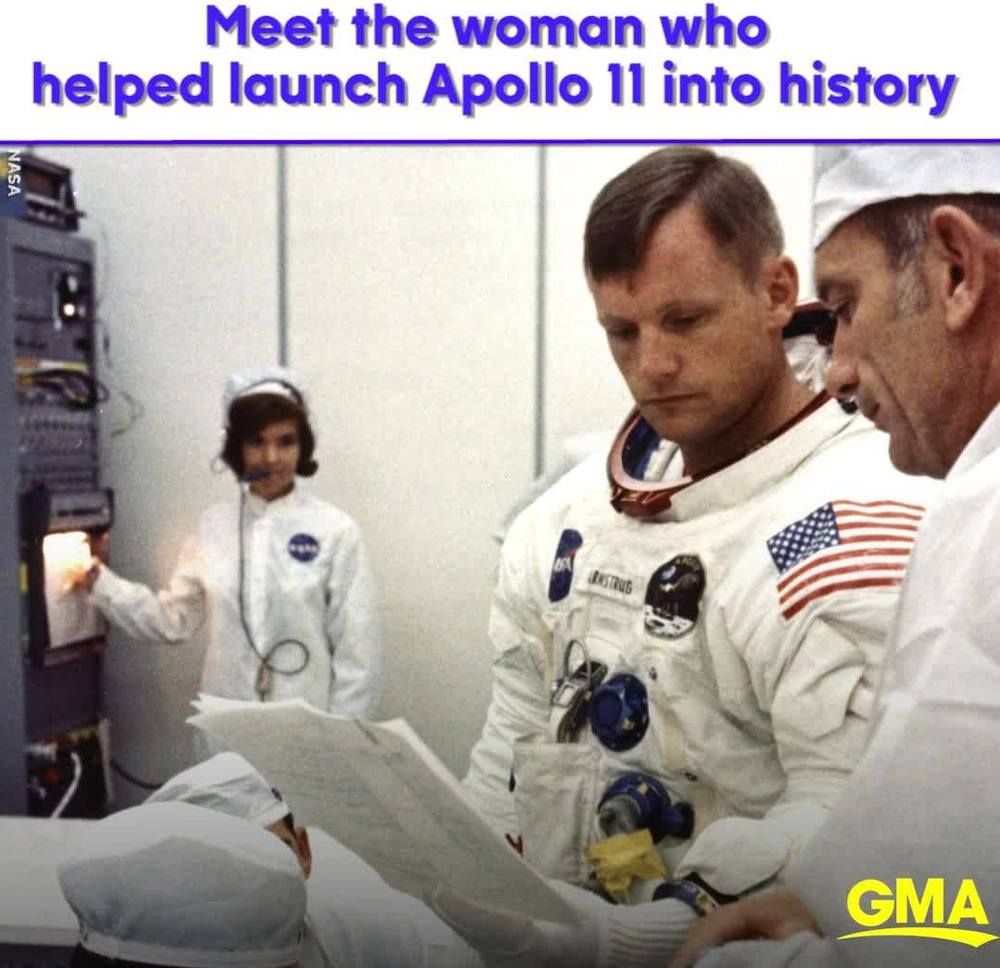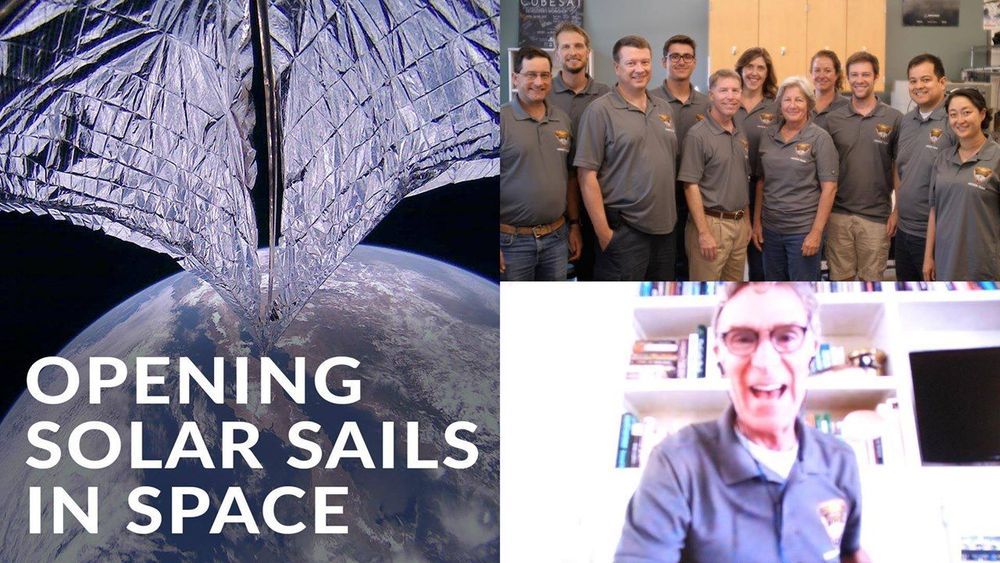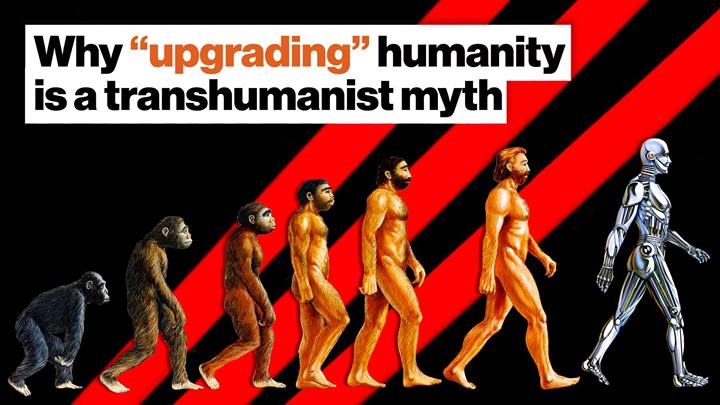The Life Extension Foundation is a nonprofit organization whose goal is to extend the healthy human lifespan by discovering scientific methods to control aging and eradicate disease. continue

Since its inception in 1980, the Life Extension Foundation has continued its dedication to finding new scientific methods for eradicating old age, disease and death. continue .









